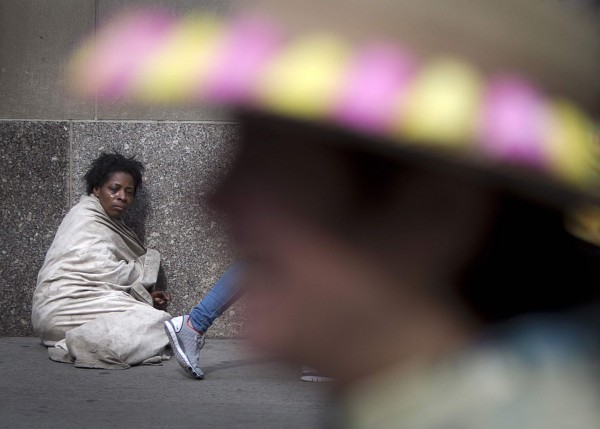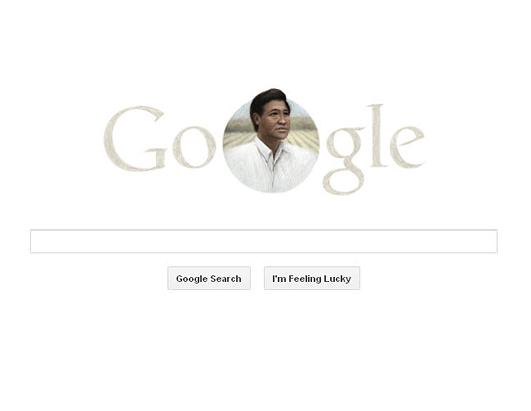Notes
Dare I Say the Homeless Have Made for Some Fabulous Bits and Pieces These Past Few Days?
I didn’t see these photos in a museum. I didn’t see them in a humanitarian appeal. I didn’t even see them in a news article. I just saw them in different galleries of news photos on my computer … click, click, click.
This photo above appeared in a regular NYT slideshow in the N.Y. region section, this one offering the work of photographer Natan Dvir. The photo and his series feature random street activity serving as the foil for gigantic urban billboards.
This second photo appeared in yesterday’s Reuters Editor’s Choice slideshow and was snapped Sunday at what’s known as the New York Easter Bonnet Parade. About these gigantic billboards, Mr. Dvir told the NYT in this backstory:
“These ads are creating some kind of virtual dream world, a virtual reality, and when you compare it to what happens in reality — there’s a huge difference, sometimes a mind-boggling difference….”
I appreciate that these ads create a virtual reality on the street. But what about the virtual reality they create as we interact with the photos, right now, on our screen? In this “reality,” the homeless figure is unwittingly enlisted into a composition, an emotionally laden object conscripted to collide with a 50 foot model, or a bonnet in a passing parade, or, not to mention, our neurons. As much as these are homeless people, I might argue even more so; he or she is palette fodder, a monochrome hostage subjected to a pink and yellow or pink and green zapping for the purpose of giving you and me a buzz.
(Photo 1: Natan Dvir/Polaris Images. Caption: A Tommy Bahama sign on Fifth Avenue is the type of sky-high Manhattan advertisement that Natan Dvir, an Israeli photographer, has been shooting for several years. His photographs are currently being exhibited at the Anastasia Photo gallery on the Lower East Side. Photo 2: A homeless woman watches as people take part in the Easter Bonnet Parade in New York March 31, 2013.)



Reactions
Comments Powered by Disqus